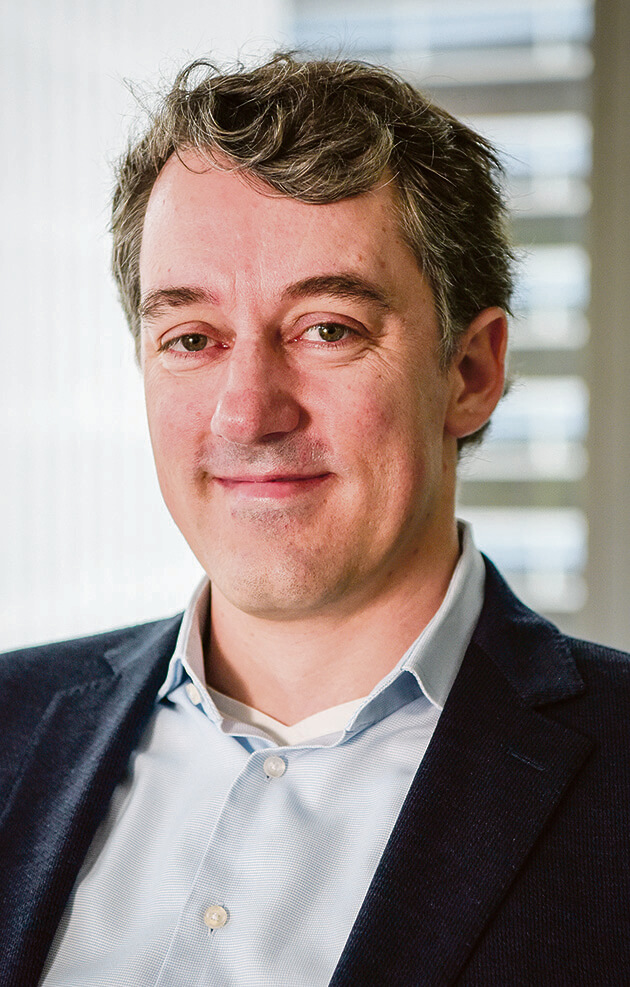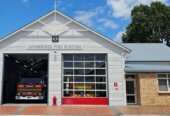
Federated Farmers biosecurity spokesman David Birkett is worried farmers could be left with no way of fighting native grass grub
Federated Farmers is urging the Environmental Protection Authority to fast track the assessment of new treatments to fight New Zealand’s biggest agricultural pest.

The grass grub beetle. Photo: Phil Bendle
Native scarab beetle costelytra giveni, commonly known as native grass grub, costs the agricultural sector $585 million a year as larvae chew through pasture roots causing turf to lift like carpet.
Federated Farmers biosecurity spokesman David Birkett is worried that cost, comprising $380 million on dairy farms and $205 million on sheep and beef farms and probably much more, will blow out.

Grass grub larvae. Photo: AgResearch.
The EPA has banned the use of the two most effective treatments. Farmers must stop using Chlorpyrifos by January 2027 and Diazanon by July 2028.
Birkett urged the authority to take urgent action to help plug the looming gap.
“This is our biggest agricultural pest by a country mile, yet there’s a real risk farmers’ arsenal to fight it will soon be empty,” Canterbury cropping farmer Birkett said.
“It’s pleasing that manufacturers have work developing new chemicals underway.”
AgResearch is leading the charge to replace Chlorpyrifos and Diazanon with a bacterium called Serratia proteamaculans proven to infect and kill larvae of both native grass grub and manuka beetle.
“We also need the Environmental Protection Authority to prioritise and fast-track their assessment of any new options,” Birkett said.
“Stocks of Chlorpyrifos are already very limited and in the face of bans, manufacturers are taking it out of production.”
“We’d really like to see them accelerate that development work,” Birkett said.
“It would be disastrous for food production and our agricultural exports if our farmers are left high and dry for any period without an effective control method.”
Birkett says the EPA also needs to play its role swiftly.

Shaun Presow
“Federated Farmers has been critical of the EPA’s failure to get on top of a backlog of assessment applications for agri-chemicals and animal health treatments.
“We’ve welcomed Government announcements on new measures aimed at streamlining assessment processes, particularly in cases where chemicals are already being used safety in other countries.
“But the EPA also needs to adjust its priorities and not focus on assessing generic chemicals that are already available,” he said.
“Their work stream needs to take better account of how far off approvals are for effective replacement products, including biosecurity and pest increase issues, and how much delays would cost the country.
“The new chemicals that offer the greatest economic benefits should get priority in the queue – and I would put any new treatment for grass grub in that category,” Birkett said.
Te Pahu dairy farmer John Bluett agreed farmers needed an alternative to Chlorpyrifos and Diazanon.
“Over the years we have seen a little bit of native grass grub, but black beetle and cut room have done more damage in the Waikato.”
Both of the treatments being phased can also be used on other insects.
Higher stocked dairy farms saw less of a problem, he said.
“The higher the stocking rate, the more likely native grass grub gets squashed in the soil,” he said.
Foundation for Arable Research arable and biosecurity and industry relationships officer Ash Mills said grass grub tended to be a pest that would be more noticeably impactful every four or five years in a paddock.
“I can appreciate the production losses adding up over time on properties,” Mills said.
“I agree with the Federated Farmers stance. Without a reliable product to replace Chlorpyrifos and Diazinon, then yes, we should be worried and expect to face even more significant losses in the future.”
Environmental Protection Agency acting manager of hazardous substances applications Shaun Presow said reducing the queue of hazardous substance applications was a top priority.
“We typically treat applications on a first come first serve basis, though it is possible to advance applications where a pressing need is identified,” he said.
“Before doing so however, we need to be sure that taking this action is necessary as it will mean other applications in the queue might have to wait longer.’
“The EPA has several other improvements underway to reduce the queue of hazardous substance applications, including boosting frontline staff and working towards streamlining processes for lower-risk substances. The changes support greater efficiency so that farmers have safer and more effective tools while also protecting people and the environment.”

Federated Farmers biosecurity spokesman David Birkett is worried farmers could be left with no way of fighting native grass grub








